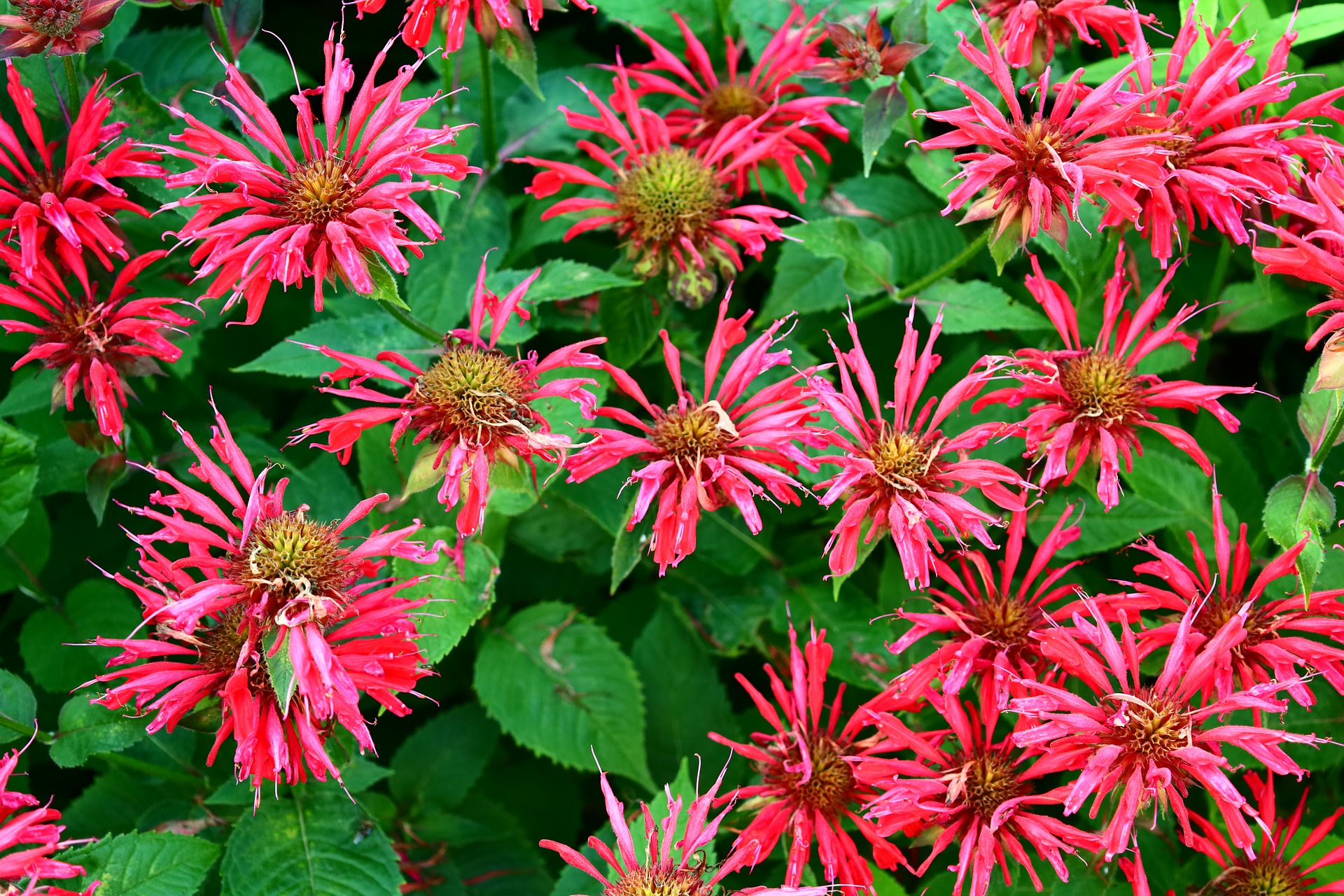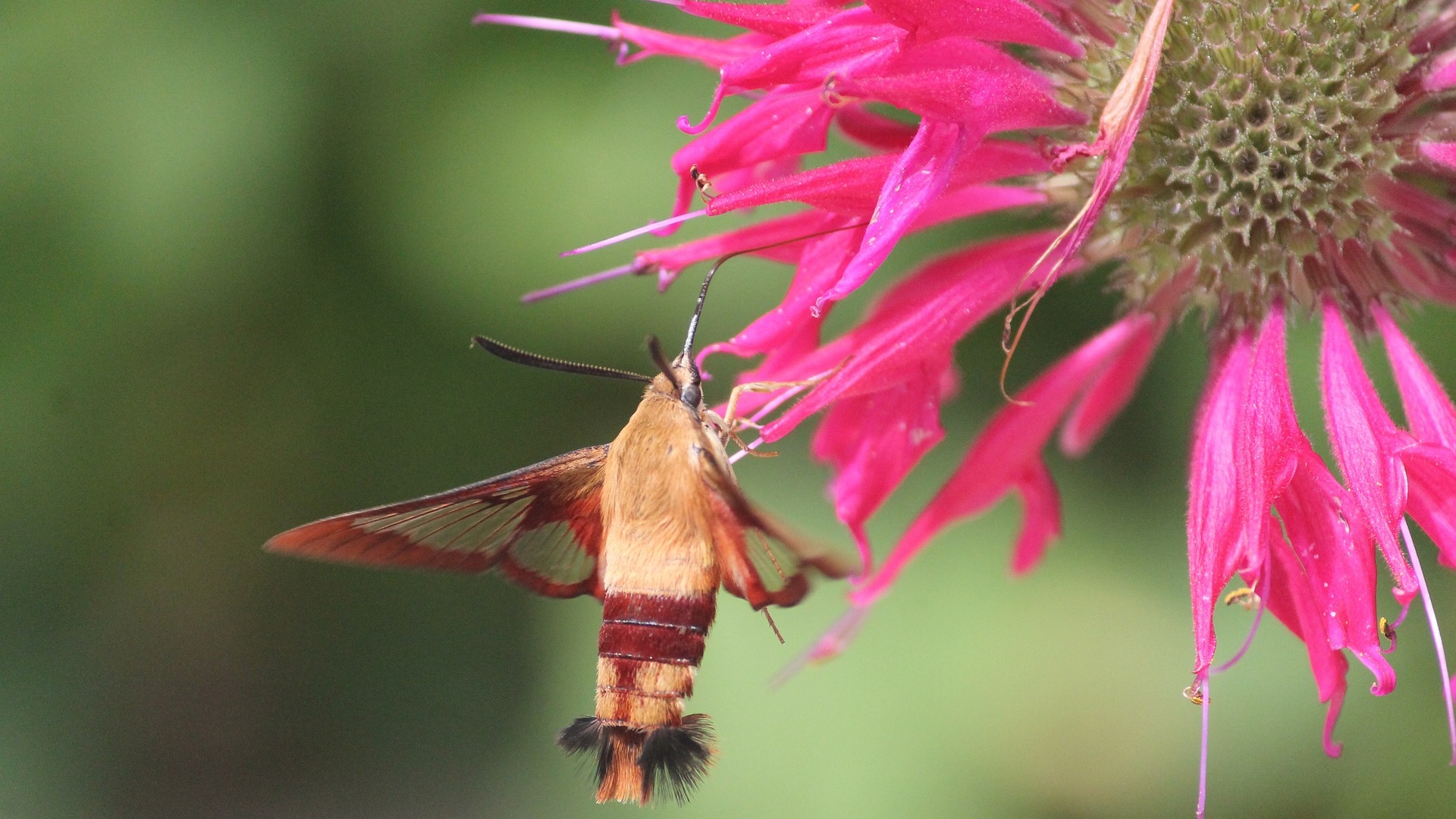
Flowering bee balm (Monarda) in the garden
Planting, Growing, and Caring for Bee Balm Flowers
The Almanac Garden Planner - Use It Free for 7 Days!
Plan your 2025 garden with our award-winning Garden Planner.
- Monarda didyma is bright red and grows 3 to 4 feet tall.
- M. didyma varieties that are resistant to powdery mildew include ‘Marshall’s Delight’ (bright pink), ‘Jacob Cline’ (deep red), and ‘Raspberry Wine’ (dark red).
- M. fistulosa produces lavender-pink blooms in late summer; tolerant of dry soils; commonly called “wild bergamot.”
- M. pringlei grows 18 inches tall and is immune to powdery mildew. ‘Petite Wonder’ and ‘Petite Delight’ are pink varieties.

ADVERTISEMENT
My bee balm is so leggy! The stems are about 3 feet long before any leaves or flowers.
WILL THE BBEN BLAMS COME UP EVERY YEAR? WHAT IF YOU BRING IN THE POTTED PLANT IN THE WINTER. WILL IT SURRIVE? LOVE THIS
PANTS. IT'S SUCH A HOT SPOT IN THE GARDEN
Bee balm is a perennial plant.It will come back year after year
Thanks for the great info I live in Allegheny forest and I've been looking for that flower it's a beautiful plant
Excellent, thank you for your efforts.
I just bought a gallon size of bee balm. Is it best to just put the clump of it right into the ground or should I take it apart and plant individual plants. It is only abour 3 inches high so far.
Hi Linda, you could plant it either way. However, I would personally recommend breaking it into a few smaller chunks so that the plants do not crowd each other as they grow.
This looks nothing like what I have known as bee balm in Texas all my life. Bee Balm to me is a wildflower which is purple and shaped differently for what is picture. It is either an annual or dies down and come back the next year...not sure which. I would like to know if there is any relationship between what you show and what I'm familiar with. I would appreciate a response.
The wild bee balm (M fistulosa) is a favorite flower for the federally endangered rusty-patched bumble bee.
bee balm gets mildew no matter what you do. I have a few plants that get tall and they are very pretty but oh the mildew.











